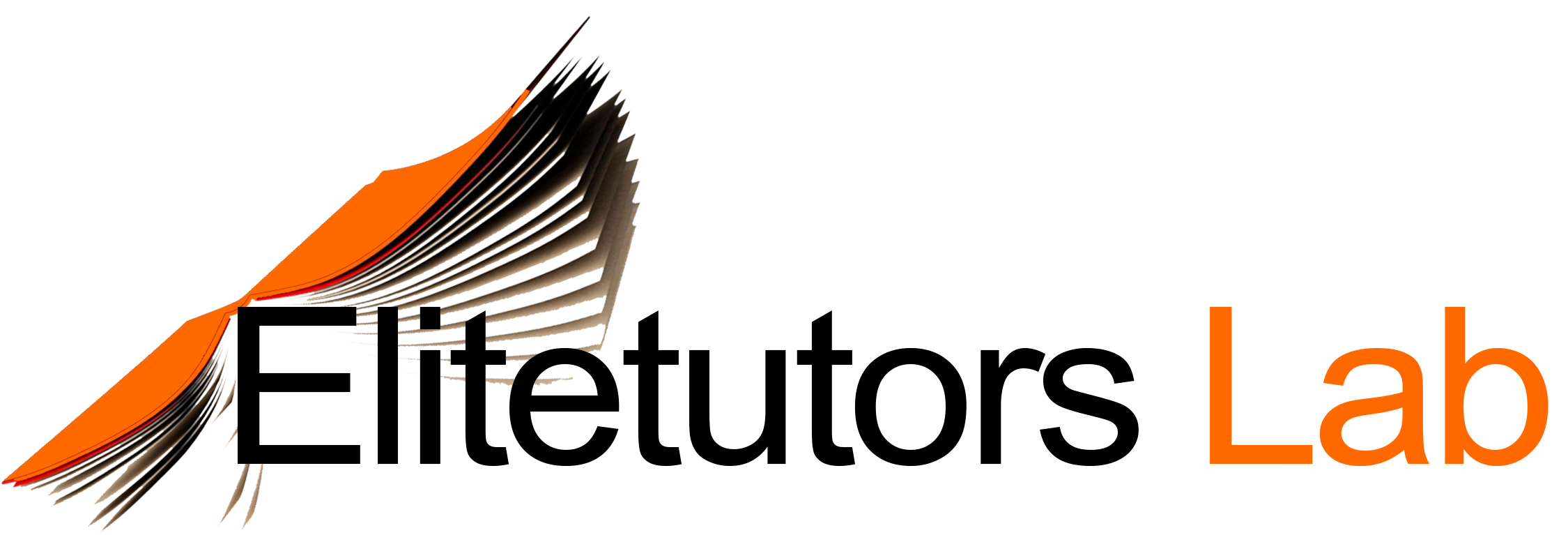Part one
Zach is a 28-year-old graduate student working in a laboratory that studies the genetics of the human immunodeficiency virus (HIV). He has recently noticed that he is losing weight, his lymph nodes
are swollen, and he has been experiencing night sweats. He also seems to be scratching more often than normal. Zach is concerned that he may have contracted HIV through his research project.
Zach is married, monogamous, and has never received a blood transfusion or used intravenous drugs. Physical examination reveals pallor, lymphadenopathy, splenomegaly, and an abnormal mass in his abdomen. Zach’s heart and respiratory sounds are normal, but his body temperature is slightly elevated (99°F). Blood
analysis is done, with the following results.
Hematocrit (Hct) = 35%
Hemoglobin (Hb) = 9.5 g/dL
RBC count = 3.5 × 106/μL
WBC count = 22,000/μL
Platelet count = 450,000/μL
Alkaline phosphatase = 120 U/L
HIV antibodies = Negative
IgA = 300 mg/dL
IgG = 1,800 mg/dL
IgM = 65 mg/dL
Erythrocyte sedimentation rate = 23 mm/hr
Differential WBC count:
Neutrophils = 65%
Eosinophils = <1%
Basophils = 1%
Lymphocytes = 30%
Monocytes = 3%
Suspecting a lymphoma, the physician suggests a lymph node biopsy. Results of the biopsy show fibrosis, few lymphocytes, and the presence of Reed-Sternberg cells. These results confirm a diagnosis of Hodgkin disease. Based on this case study and other information in this chapter, answer the following questions.
- Other than his occupation, what symptoms lead Zach to suspect HIV infection?
- What signs, symptoms, and test results lead his physician to suspect a lymphoma?
- Why is Zach diagnosed specifically with the Hodgkin form of lymphoma?
- What treatment will likely be prescribed for Zach? What is his prognosis?
- Why are antibiotics prescribed for bacterial tonsillitis but not for viral tonsillitis?
Part 2
What is the function of the lymphatic vessels?
Through which lymphatic structures would lymph pass in traveling from a lower limb back to the bloodstream?
What is the relationship between tissue fluid and lymph?
How do plasma proteins in blood capillaries affect lymph formation?
What factors promote lymph flow?
What is the consequence of lymphatic obstruction?
What are the major functions of lymph?
What is the MALT?
In which body regions are lymph nodes most abundant?
What are the major functions of lymph nodes?
Why are the thymus and spleen considered organs of the lymphatic system?
What are the major functions of the thymus and the spleen?
What is immunity?
What may cause an infection?
Explain seven innate (nonspecific) defense mechanisms.
What is the difference between an antigen and a hapten?
How do T cells and B cells originate?
How do T cells become activated?
Name three types of T cells.
How do cytotoxic T cells destroy antigen-bearing cells?
How are B cells activated?
How does the antibody response protect against many different infections?
What is an immunoglobulin?
Describe the structure of an immunoglobulin molecule, and name the five major types of immunoglobulins.
In what general ways do antibodies function?
How is complement activated?
Distinguish between a primary and a secondary immune response.
Distinguish between active and passive immunities.
How are allergic reactions and immune reactions similar yet different?
How does a tissue rejection reaction involve an immune response?
Explain how the strength of the immune response declines in elderly people.
Order with us today for a quality custom paper on the above topic or any other topic!
What Awaits you:
• High Quality custom-written papers
• Automatic plagiarism check
• On-time delivery guarantee
• Masters and PhD-level writers
• 100% Privacy and Confidentiality
